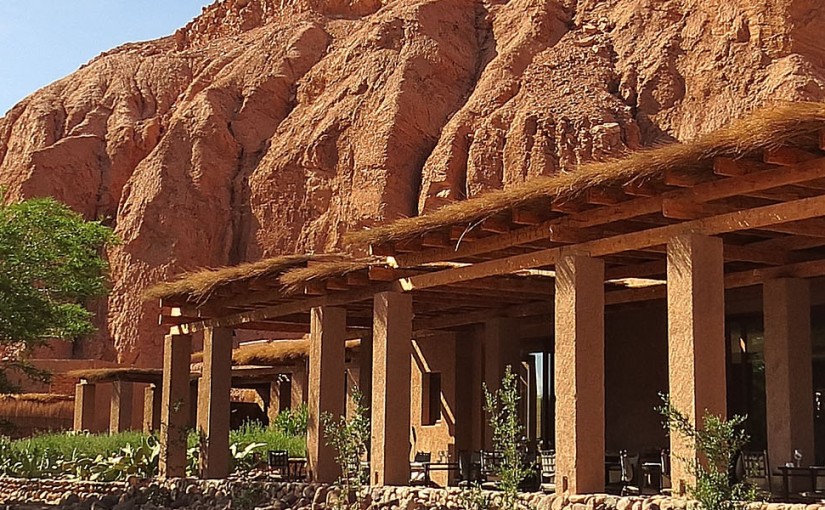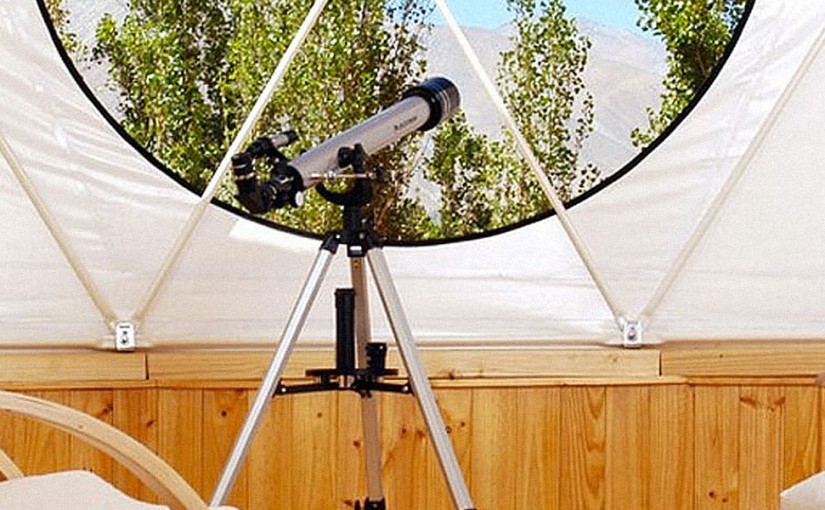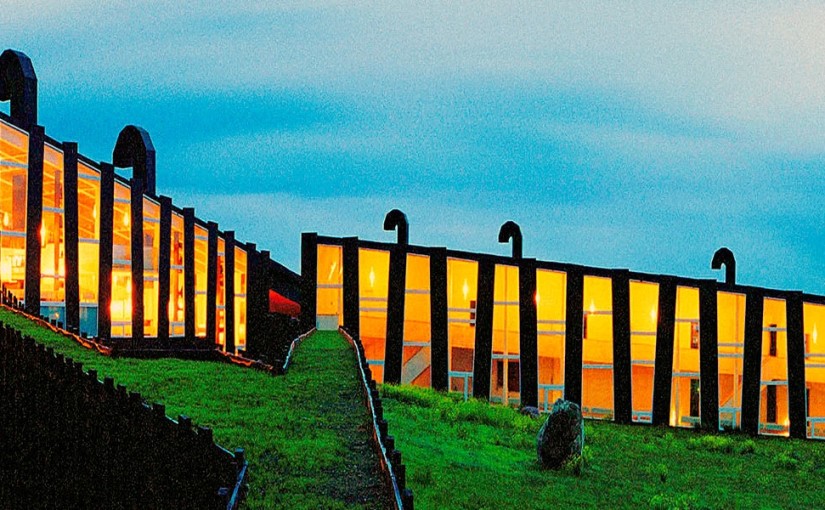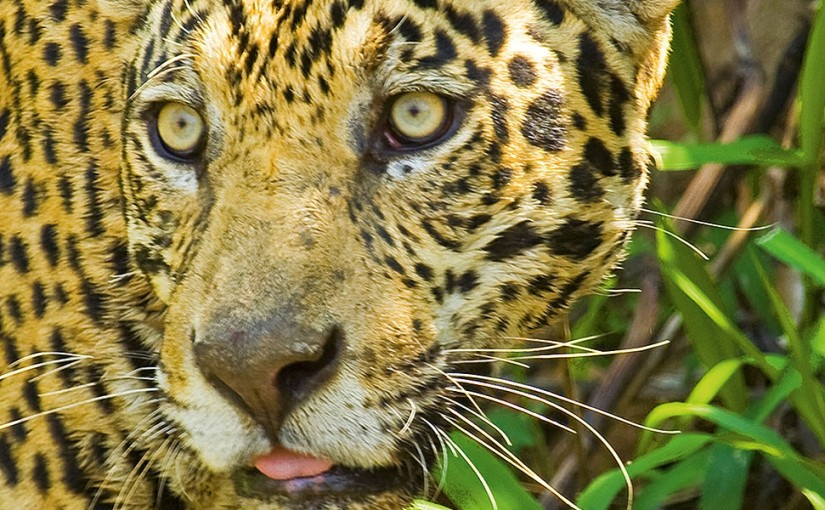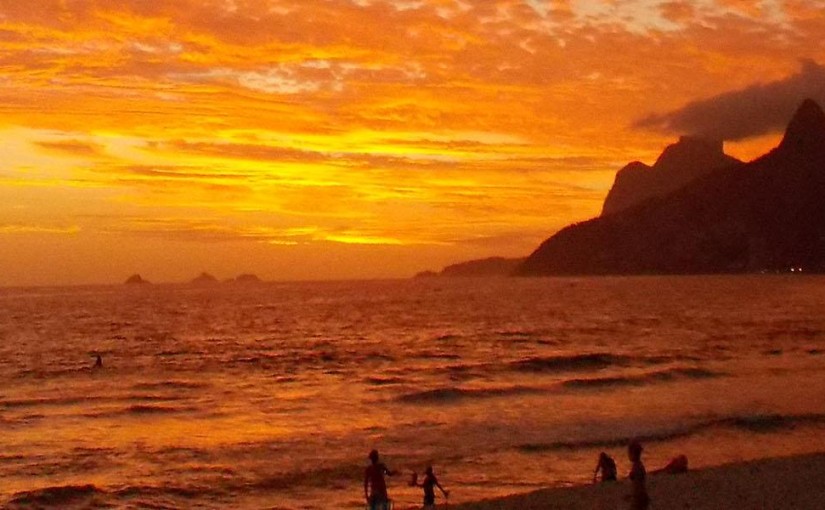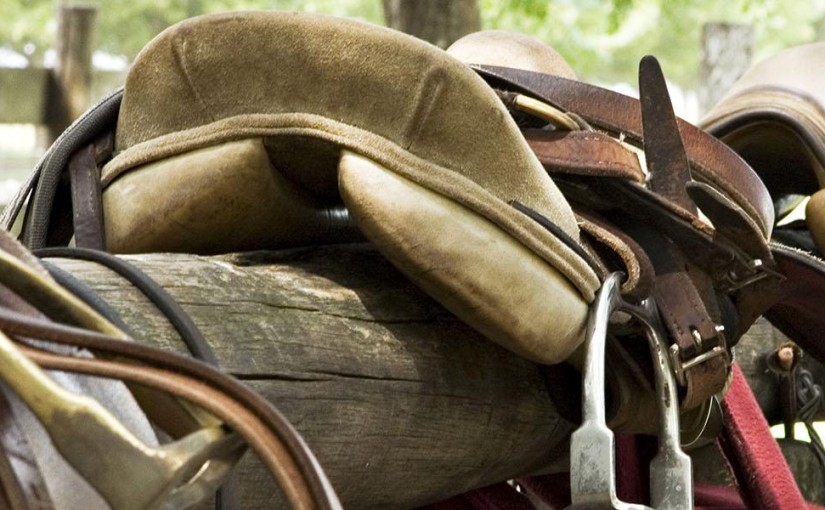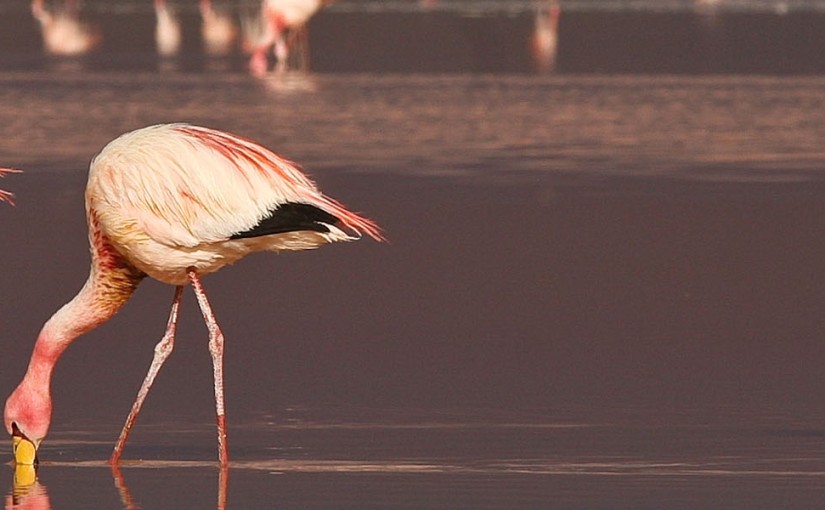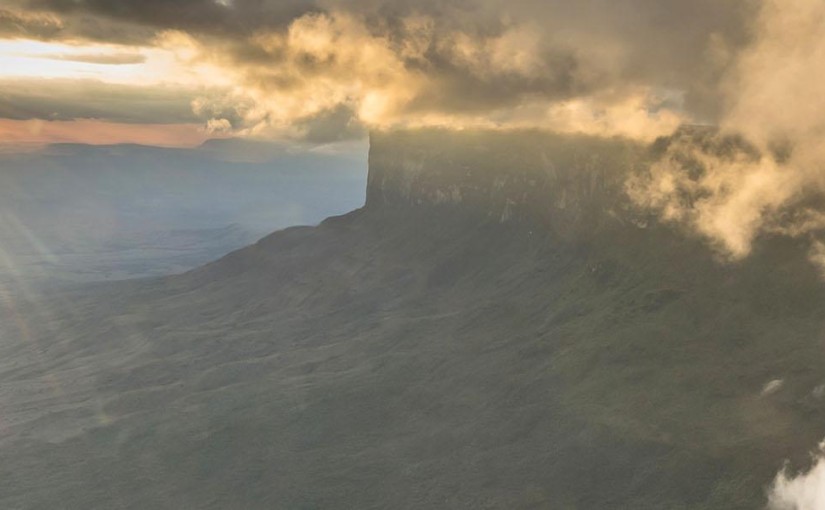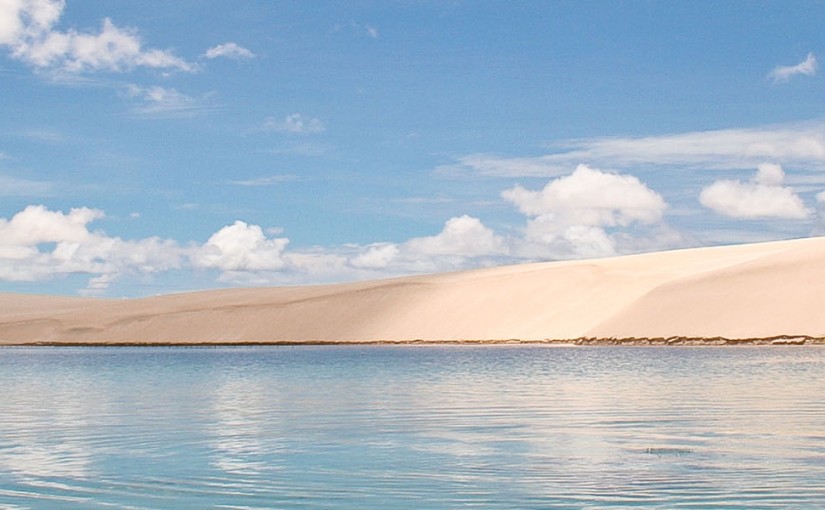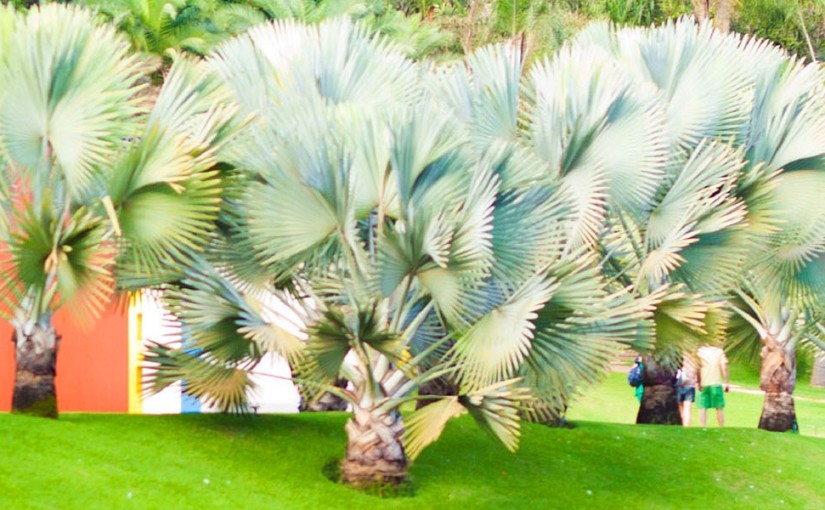Put your wallet away and surrender to this all-inclusive oasis in the desert. Isolated enough to capture the tranquillity of this lush valley in the Salt Mountain Range, 1600 kilometres north of Santiago, it is still only a short bike ride from the tiny town of San Pedro. The design of the resort, including its 42 luxurious rooms, is inspired by local village architecture.
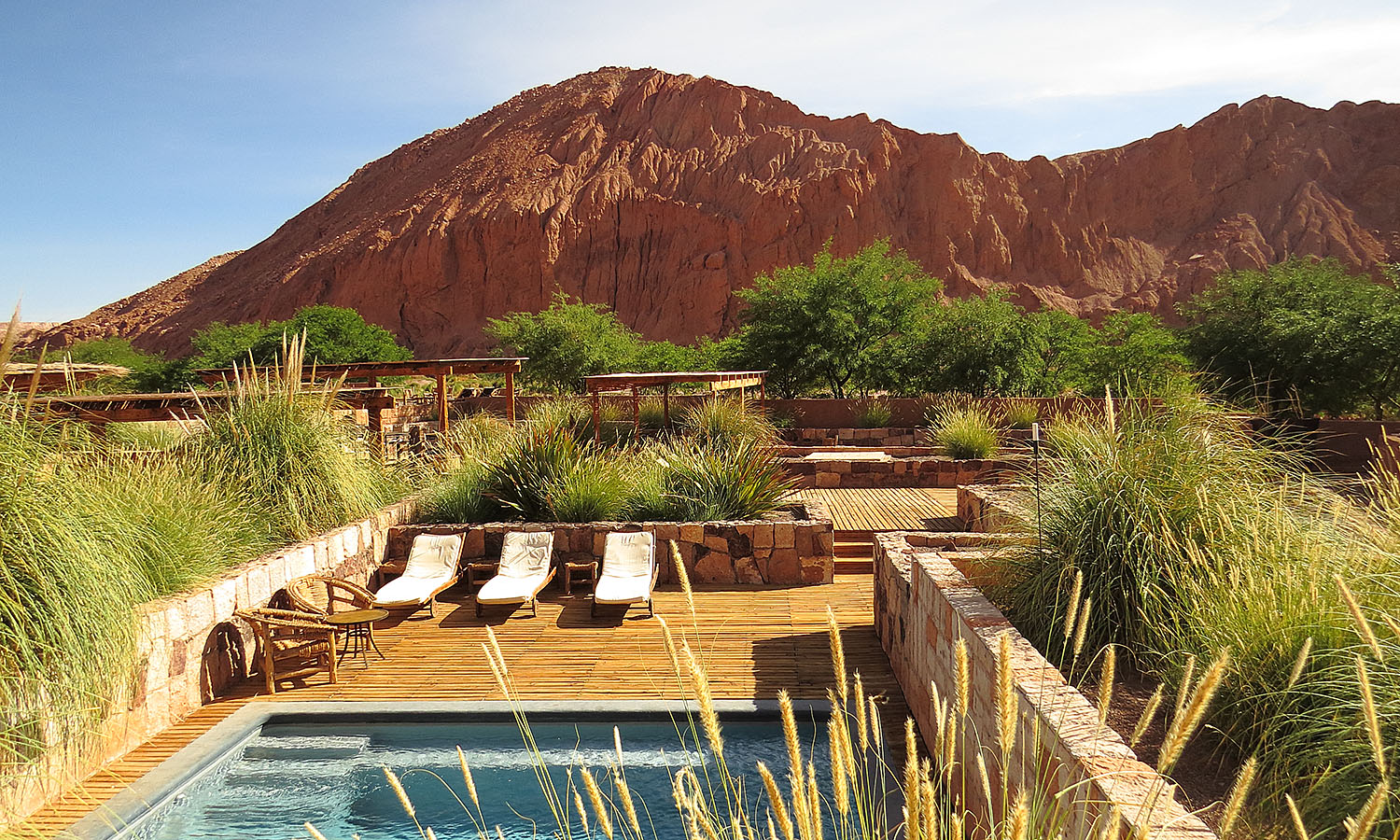

Fill your days with the guided tours on offer – journeys to the El Tatio geysers or mountain biking the Inca are just two of the 30 options – escape the heat in one of the hotel’s six pools set to varied temperatures, or visit the llamas in their stable.
region: South America
Elqui Domos
Serious stargazers are drawn to the Atacama Desert in Chile’s far north for the crystal clear views of the night sky. At Elqui Domos you can hone your astronomer’s eye from the comfort of your bed.
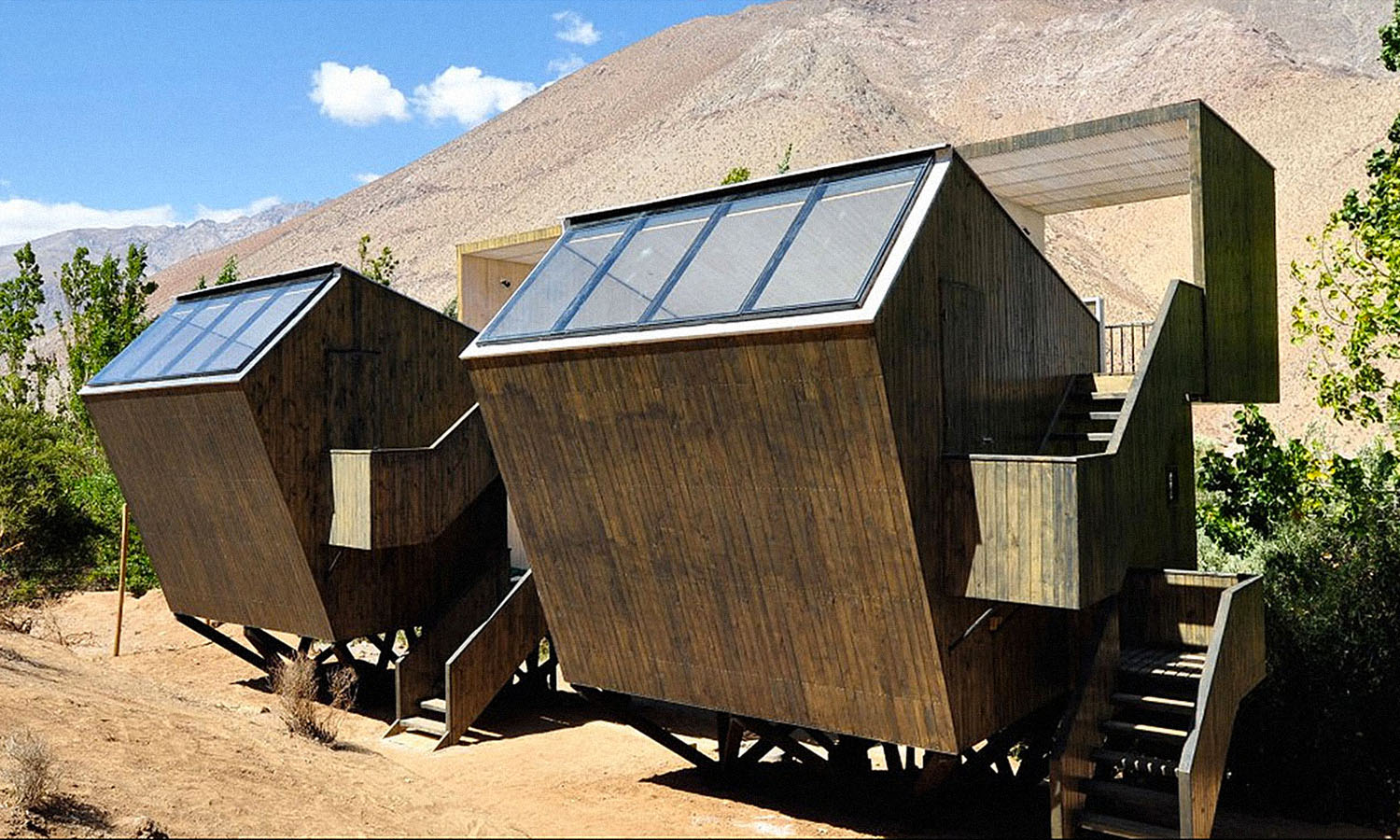

Snuggle up in one of seven igloo-like geodesic domes – each fitted with telescopes, private terraces, elevated loft beds and detachable roofs to allow maximum star power – or take in the twinkling panorama from a stylish, three-level observatory cabin. The hotel also offers nightly astronomy tours and twilight horse rides.
Remota
Superbly positioned at the mouth of Patagonia’s dramatic fjords, Remota draws inspiration from its ruggedly beautiful surrounds, but adds a unique modernist twist. Inside, the indigenous-inspired decor pays homage to the region’s rich past.
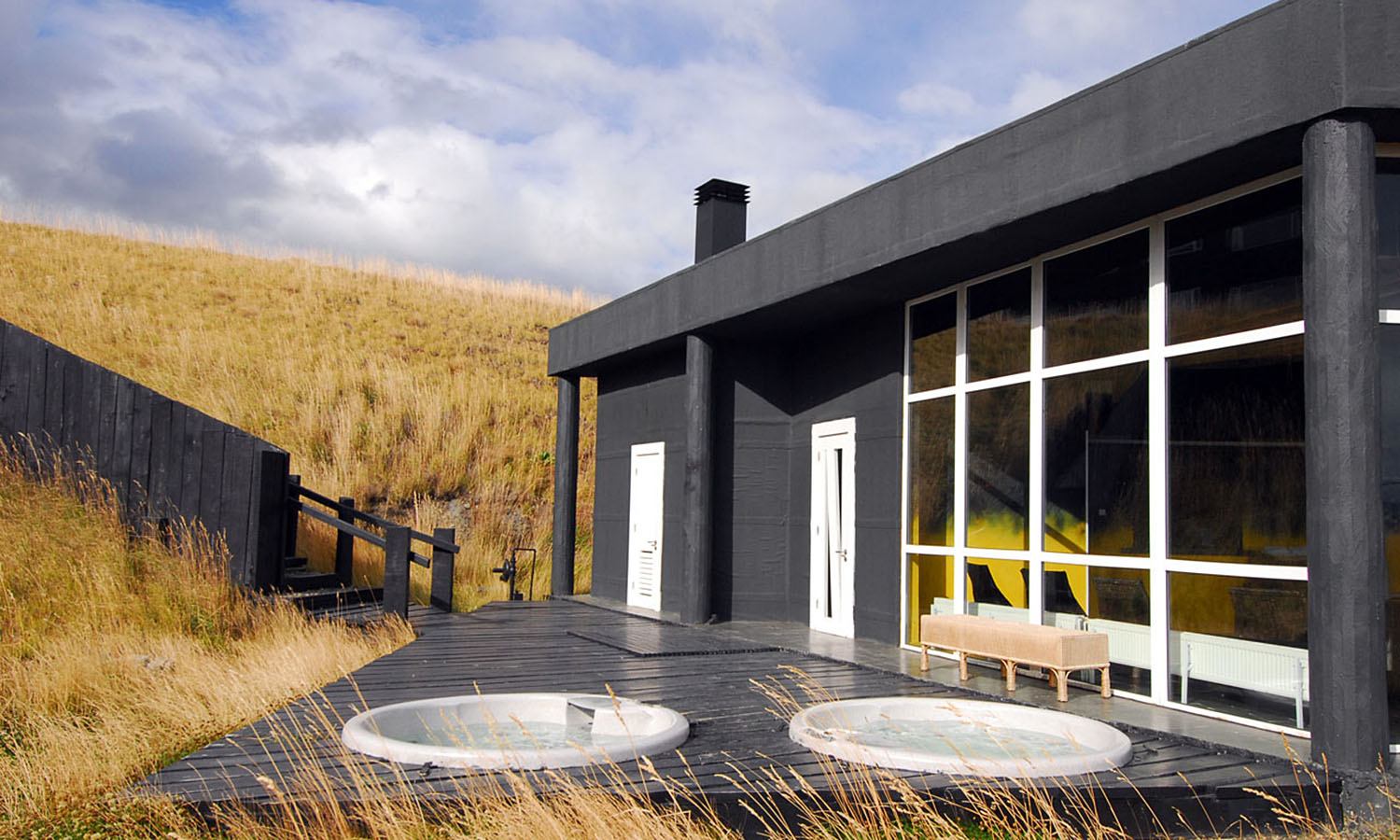

The all-inclusive resort offers daily excursions like kayaking to glaciers and horse treks to Torres del Paine National Park. But you’ll be eager to return for dinner. The ever-changing menu features fresh Patagonian delicacies, local wines and pisco sour, the staple Chilean cocktail. Unwind in the Finnish sauna, saltwater pool and outdoor jacuzzi.
Cruise for Jaguars
There aren’t many animals that can render a caiman lifeless with one crushing bite that punctures the brain and pulverises bones. Jaguars can. Distinguished by their rosette-shaped black spots, these fierce yet graceful predators of the jungle are the third-largest of the big cats, after lions and tigers. Once found roaming across large swathes of the Americas, today jaguars are an almost threatened species.
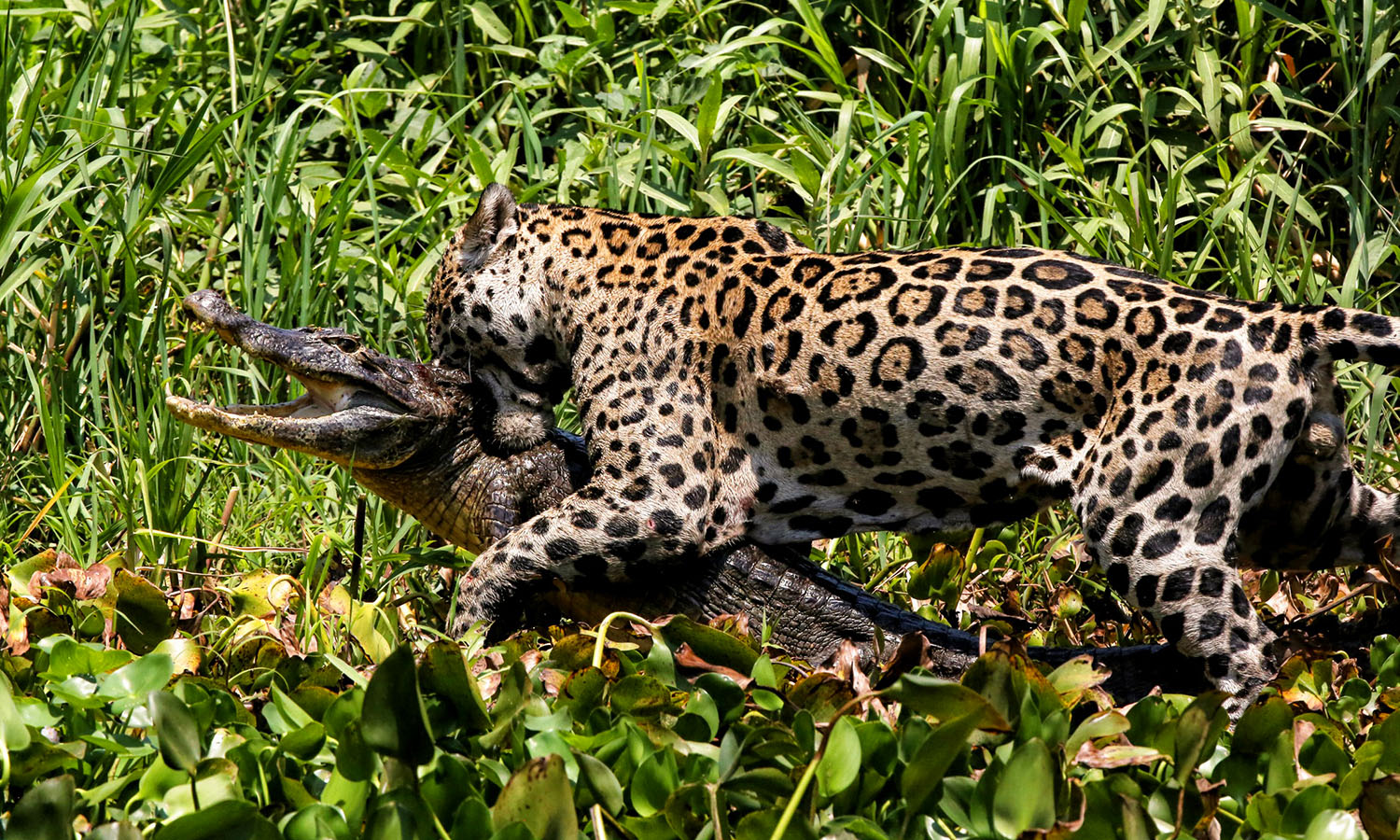

If you want to see these majestic beasts in the wild, one of the best places is Brazil’s Pantanal, the world’s largest wetland and home to one of the densest concentrations of wildlife on the planet. July is the dry season in these parts, when the jaguar’s prey clusters around shrinking waterways, luring the cats close. During a boat safari through the Meeting of the Waters State Park, also known as the Jaguar Zone, you’ll get within a whisker of these water-happy felines. If you’re lucky, you might even witness these killer cats in action as they lunge at deer, caiman and tapir.
New Year’s Eve in Ipanema
A NYE party in Rio is a no-brainer, but head out to the beach for a bit of calm and to pay homage to Iemanja, the Macumba deity of the sea. As the sun sets, crowds gather at the shore to leave flowers and cast off small boats filled with offerings to the goddess, in the hope that she’ll fulfil their wishes for the coming year. But make sure the tides are in your favour – if the waves bring back your gift, it’s believed that Iemanja has rejected your wish.
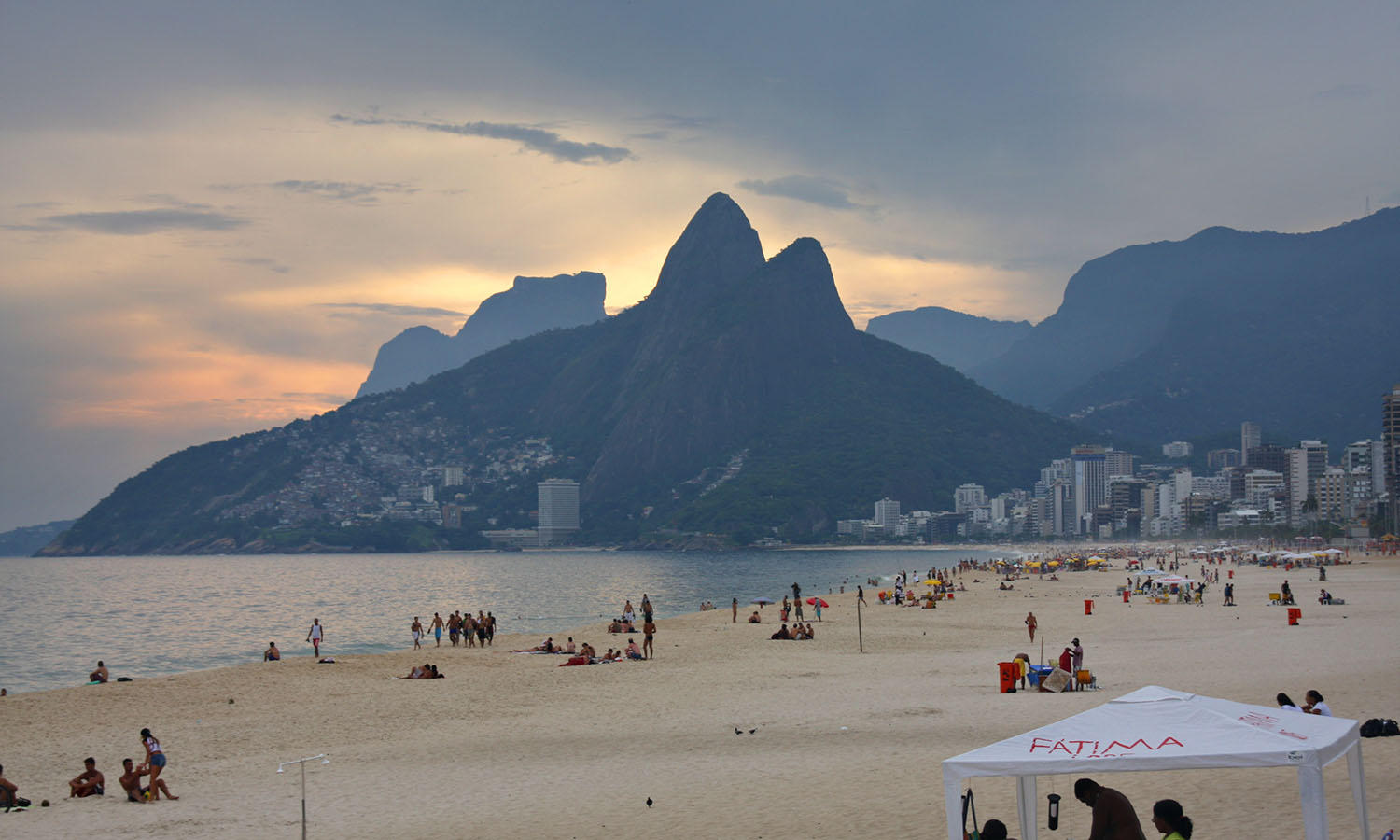

Learn polo in Argentina
If you thought polo was reserved for the British aristocracy, think again. Argentina is the planet’s polo powerhouse, producing more champions than every other nation combined. At Estancia El Venado, about two hours’ drive south of Buenos Aires, you can get in the saddle and have a go at whacking a ball with a mallet at a polo school located on a working cattle ranch. Be trained by the pros, take to the field for a game and learn about the ranch’s horse-breeding program.
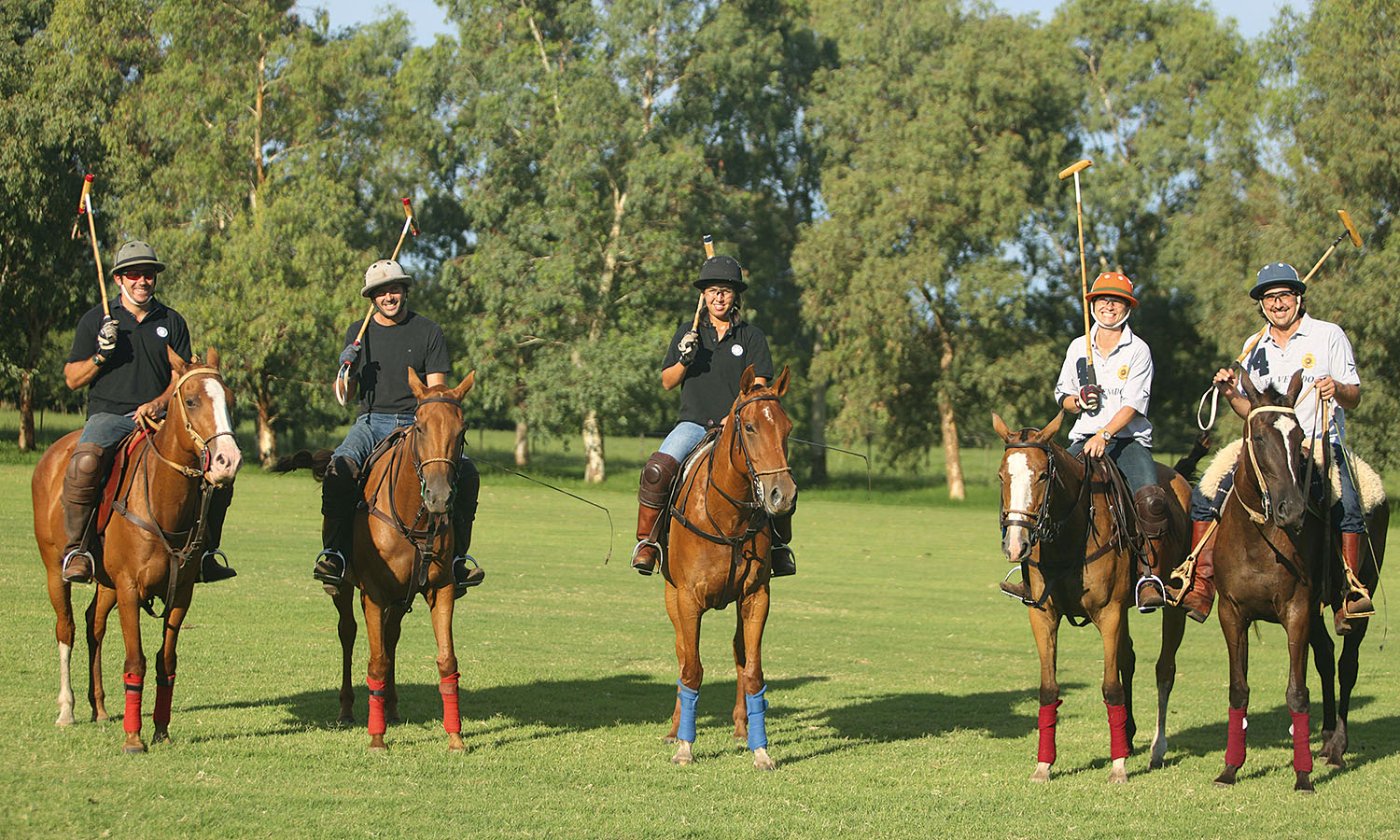

You don’t need any prior riding experience to participate, but if thundering down the field chasing a ball on horseback rattles your nerves, there are plenty of tamer activities on hand. Take part in a cattle muster with a real-life gaucho (cowboy), swing under the treetops in a hammock, kayak the Salado River, or just soak up the surroundings of the ranch, which has been kept in the family for four generations.
Spot thousands of flamingos at Laguna Colorada
Welcome to a natural landscape that appears positively extraterrestrial. Laguna Colorada, meaning red lake, is a shallow salt lake in Bolivia’s Altiplano (high plains), more than 4,260 metres above sea level. The lake is less than a metre deep and owes its unusual colour to red minerals and algae, which lure flocks of rare species of flamingo.
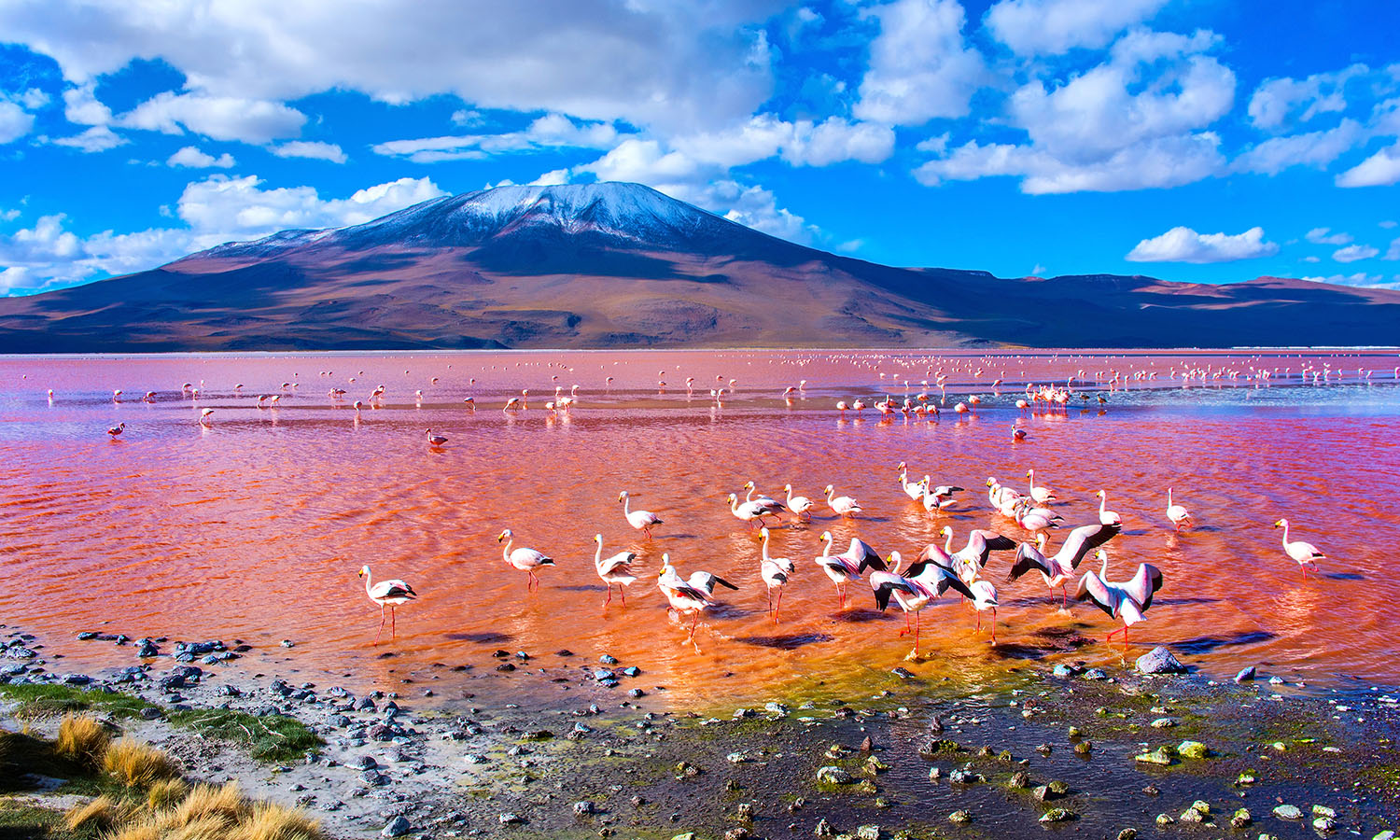

The name is no exaggeration – the water ranges from hues of salmon pink to blood red, which, when contrasted with the white borax islands, snow-capped Andes in the distance and vivid blue sky, creates a magical effect. Come here for a close-up look at the distinctive landscape and to snap brag-worthy photographs. No filter required.
Climb the colossal Mount Roraima
A colossal tabletop mountain that broke through the earth’s crust two billion years ago, Mount Roraima looks like something from an Avatar set. With a 2,810-metre summit surrounded by 400-metre sheer cliffs, Roraima forms one of South America’s most striking landscapes. And you can climb it. The mountain crosses the borders of Venezuela, Brazil and Guyana, but is most often tackled from the north-west in Venezuela.
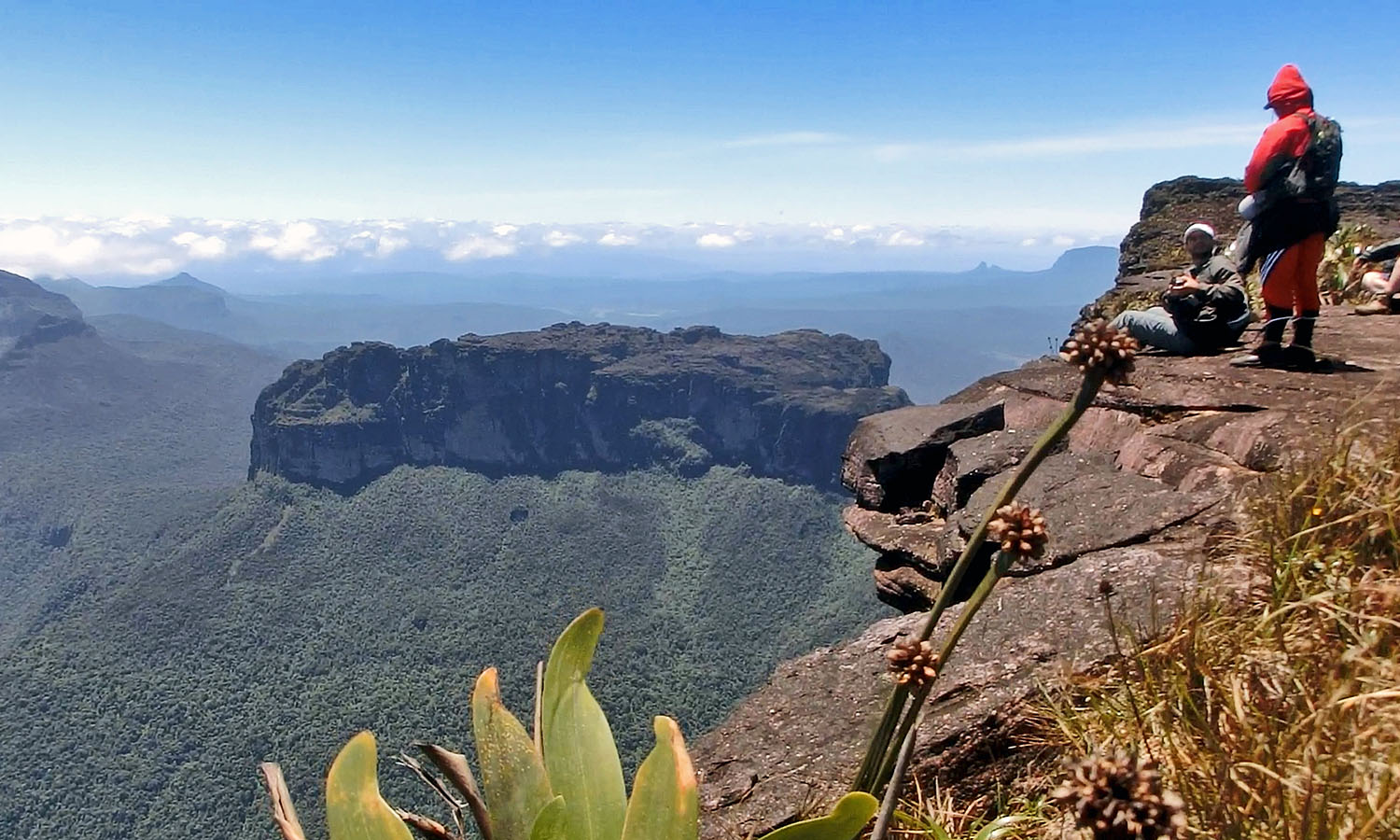

The trek begins in Pareitepuy, where you traverse open savannah landscape, crossing rivers and fields of orchids, before climbing through a cloud forest and ascending a natural staircase up the cliff face. Once on the plateau, pray for a clear view (the summit is usually cloaked in cloud), but don’t be dismayed if it’s a whiteout as there’s plenty more to see. Explore curious rock formations, caves, gorges and waterfalls, and keep your eyes peeled for black frogs and carnivorous plants.
Lençóis Maranhenses: Brazil’s sweeping dunes
After a day in the sun, you could be forgiven for thinking this magical expanse of sand and water is a mirage. Stretching across 1500 square kilometres of Brazil’s tropical north-east coast, Lençóis Maranhenses comprises a series of blue-green pools that ripple through crescent-shaped dunes like strokes of ink on parchment. Known as the ‘bedsheets of Maranhão’ (named after the state of the same name), the beach is a sight to behold.
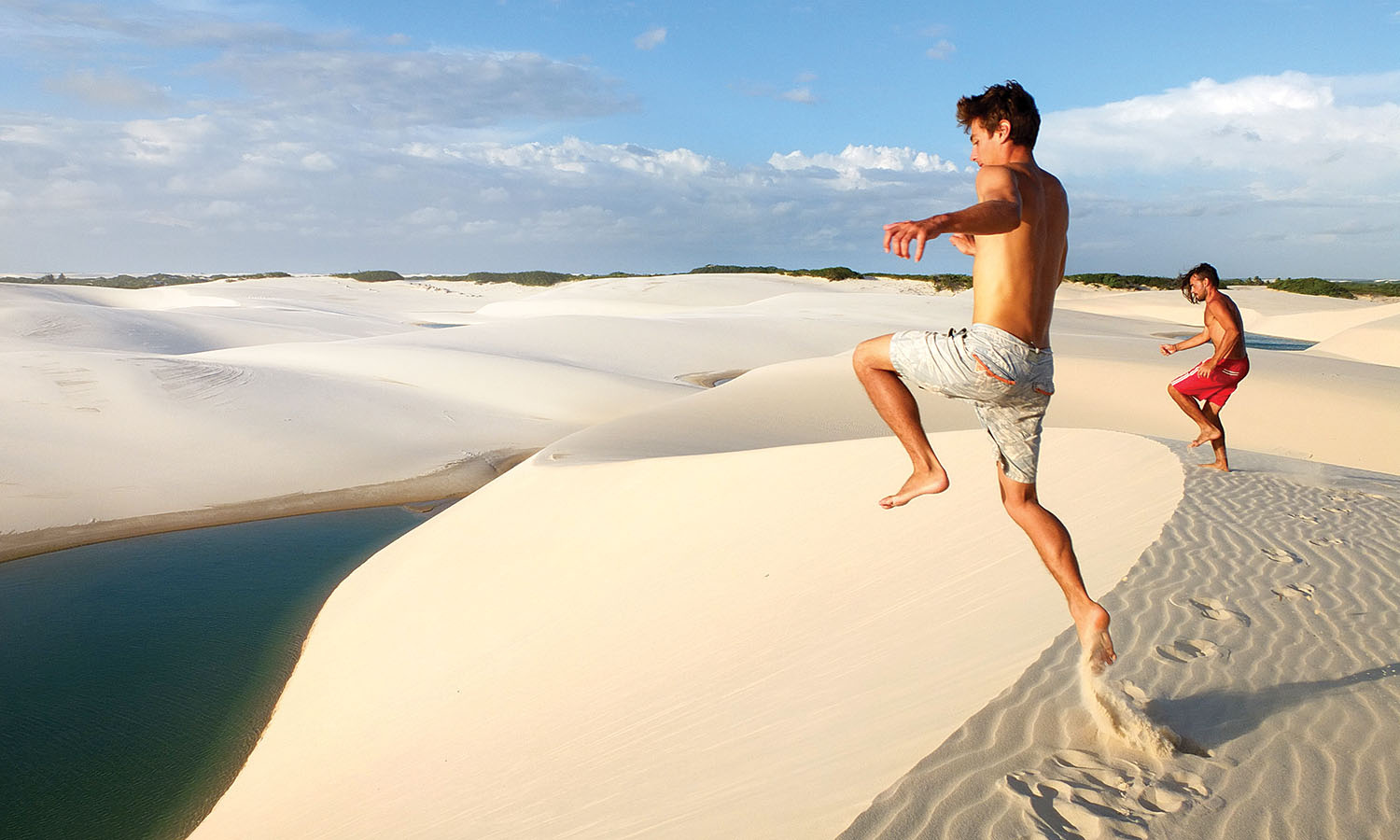

When it rains (from January to June) water fills the valleys and crevices up to three metres deep, held fast by watertight rock beneath the sand. The lagoons are at their peak between July and September and tours run regularly from São Luís, the capital of Maranhão, and from Barreirinhas, just outside the national park. Bring your togs and prepare for a memorable swim.
Brazil’s colossal Inhotim Art gallery
Where can you find outdoor sculptures, art pavilions and more than 4000 plant species all in one place? At Inhotim. Sprawled across more than 140 hectares of botanical gardens in south-eastern Brazil, this colossal open-air art gallery and contemporary museum is a world unto itself. Pick up a map, choose your route and lose yourself in an aesthetic wonderland.


The gallery features notable artists from Brazil and around the world, with each installation showcasing a unique perspective of the relationship between art and nature. Many of the pieces are interactive, and you’ll find yourself wandering through interpretive forests, lakes and valleys. The gallery’s size almost guarantees a second visit, since it’s impossible to see everything in one day (multi-day passes are available). Explore on foot, join a tour or, for about AU$10, cruise around in a chauffeur-driven golf cart.
 (
(
